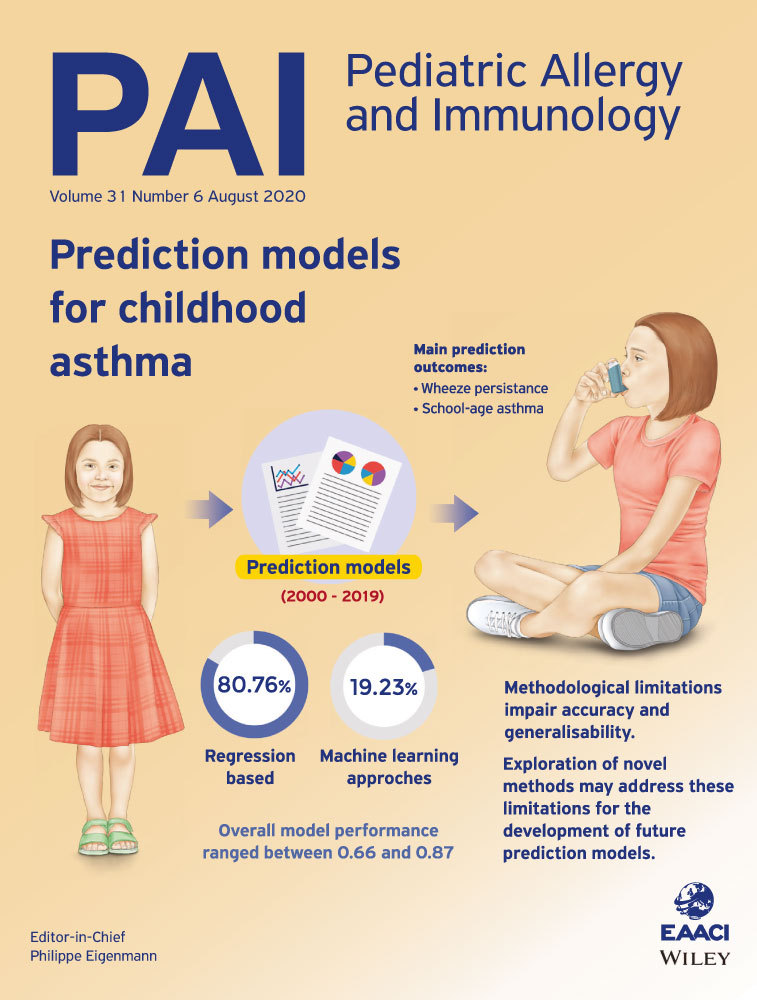Can my child with IgE-mediated peanut allergy introduce foods labeled with “may contain traces”?
Funding information
This work was supported by the Ulrich Müller-Gierok foundation, Fonds de Recherche Santé Québec (FRQS), Fondation du Centre Hospitalier de l’Université de Montréal (CHUM), and Association des Allergologues et Immunologues du Québec (AAIQ).
Abstract
Peanut IgE-mediated food allergy is one of the most common food allergies in children with a prevalence that has increased in the past decades in Westernized countries. Peanut allergies can trigger severe reactions and usually persist over time. Peanut-allergic children and their families are often confronted to processed foods with precautionary allergen labeling (PAL) such as “may contain traces of peanuts,” which are frequently used by the food industry. Patients are generally confused as to whether eating such foods entails a risk of allergic reaction, which can ultimately lead to dietary restrictions and decreased quality of life. Thus, guidance toward eviction of foods with PALs such as “may contain traces of peanuts” is a recurring problem that peanut-allergic patients address during pediatric allergy consultations with varying attitudes among allergists. Many studies have evaluated peanut contamination in foods with PALs, with generally less than 10% of foods containing detectable levels of peanuts, albeit heterogeneous amounts, with in rare occasions levels that could trigger allergic reactions in certain patients. The risk of reacting to foods with traces varies significantly with threshold, with patients with the lowest reaction thresholds at highest risk, and a dramatic reduction of risk as threshold increases. Thus, risk stratification based on individual reaction threshold may help stratify patients’ risk of reacting to foods with PAL. In clinical practice, a single-dose 30 mg peanut protein oral food challenge may be an option to stratify peanut-allergic patients’ risk when introducing foods with PAL, as illustrated by three clinical cases.
CONFLICTS OF INTERESTS
The authors state no conflicts of interest pertaining to this manuscript.




